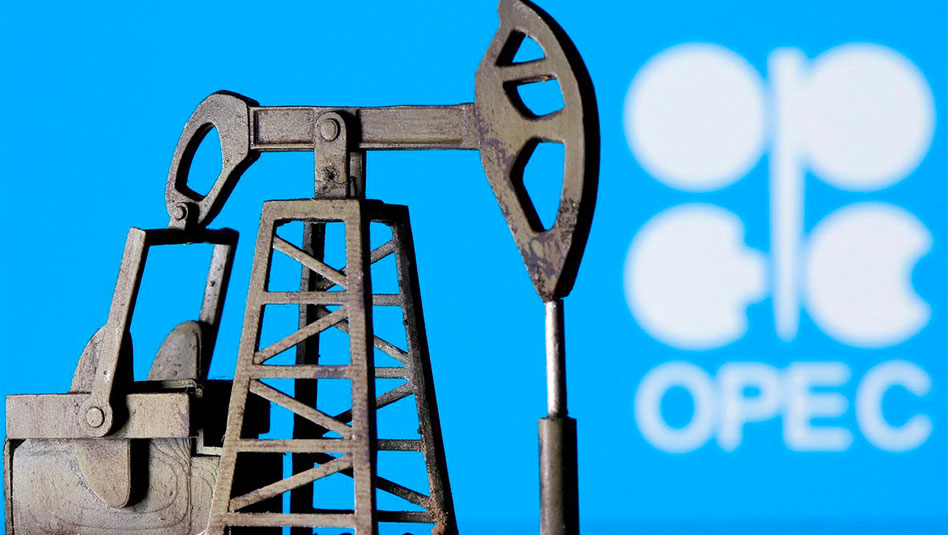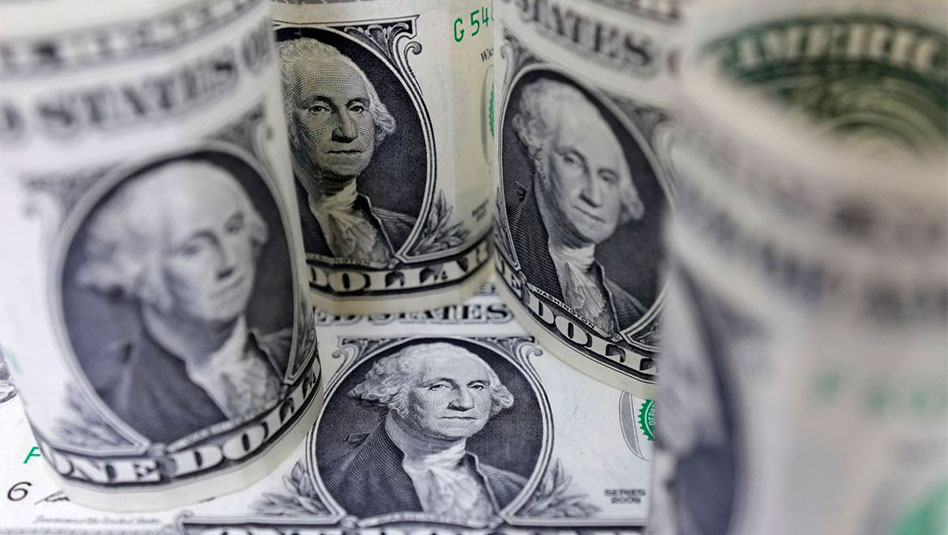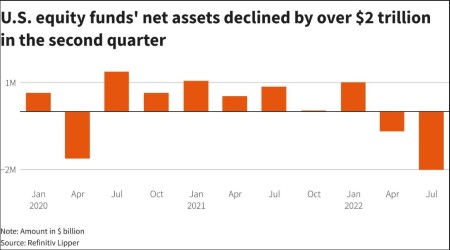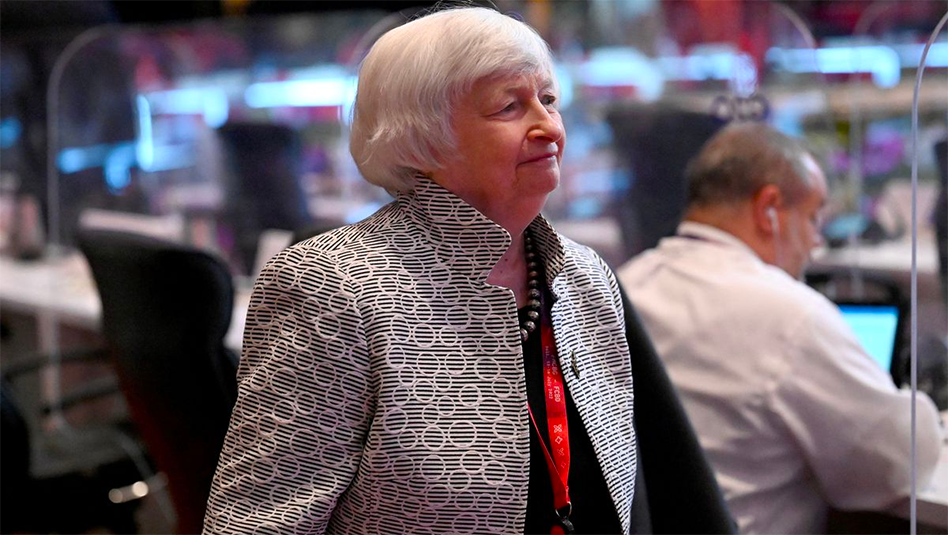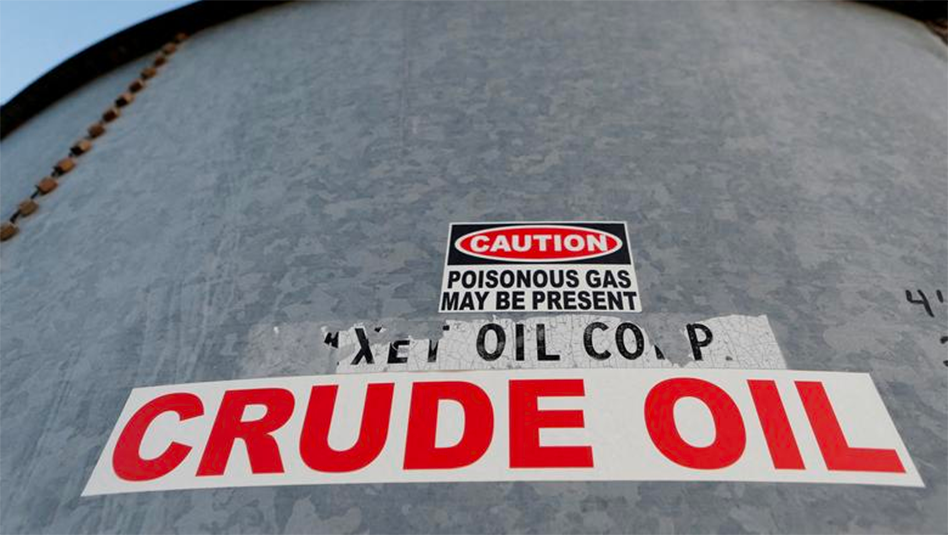NEW YORK, July 18 (Reuters) – A gauge of global stocks edged higher on Monday as a late-session sell-off in US equities trimmed earlier gains while the dollar slipped as investors tamped down expectations that the Federal Reserve will take a more aggressive approach in hiking interest rates next week.
Expectations for a 100 basis points rate hike by the Fed at its policy meeting next week stood at about 29%, according to CME’s FedWatch Tool after reaching as high as 80% last week.
Recent readings on inflation came in above expectations but showed tentative signs that higher prices may be starting to ease, giving the US central bank a possible cushion to raise rates at a smaller 75 basis points increment.
“As we as we entered into the quiet period, the Fed seems to be leaning more towards 75 basis points than to 100 basis points,” said Jim Barnes, director of fixed income at Bryn Mawr Trust.
“The more recent economic data that we got on Friday was more upbeat and today’s rising Treasury yields seem to be catching up with the market’s activity from Friday, as well as the equity market from today.”
A strong start to the trading session for stocks on Wall Street fizzled out, however, as a drop in Apple Inc. (AAPL) weighed following a Bloomberg report that the iPhone maker plans to slow hiring and spending growth next year in some units to cope with a potential economic downturn.
“We were starting to slide a little before then, just a little bit, and when that hit, obviously Apple slid a little quicker than the market did, so maybe it was an excuse to sell off,” said Joe Saluzzi, co-manager of trading at Themis Trading in Chatham, New Jersey.
US equities initially rose in part due to gains in bank stocks .SPXBK, which had risen about 3% on the heels of earnings from Goldman Sachs (GS), up 2.5% and Bank of America, up 0.05%, before fading.
The Dow Jones Industrial Average fell 216.51 points, or 0.69%, to 31,071.75; the S&P 500 lost 32.34 points, or 0.84%, to 3,830.82; and the Nasdaq Composite dropped 92.37 points, or 0.81%, to 11,360.05.
Of the 40 S&P 500 companies that have reported earnings through Monday morning, 80% have been above estimates, per Refinitiv data, tracking slightly below the 81% rate over the past four quarters.
The pan-European STOXX 600 index rose 0.93% and MSCI’s gauge of stocks across the globe gained 0.06%. European stocks closed off a three-week high hit earlier in the day on worries about the impact of an energy shortage in the region.
Benchmark 10-year US Treasury notes US10YT=RR last fell 12/32 in price to yield 2.9725%, from 2.93% late on Friday.
Before the Fed meeting next week, the European Central Bank is poised to raise rates for the first time in more than a decade on Thursday, with a hike of 25 basis points expected.
As the region deals with its own inflationary pressures, Russia’s Gazprom (GAZP) told customers in Europe it cannot guarantee gas supplies because of ‘extraordinary’ circumstances, according to a letter from Gazprom that will add to European fears of fuel shortages.
In light of the shifting view of next week’s Fed meeting, the US dollar retreated from the 20-year high hit last week, helping the euro move away from parity against the greenback.
The dollar index fell 0.38%, with the euro EUR= up 0.56% to USD 1.0143.
Oil prices jumped, boosted by mounting concerns over gas supply from Russia and the lower dollar, offsetting demand fears brought on by a possible recession and China lockdowns.
US crude settled up 5.13% at USD USD 102.60 per barrel and Brent settled at USD 106.27, up 5.05% on the day.
(Additional reporting by Rodrigo Campos; editing by Jonathan Oatis)






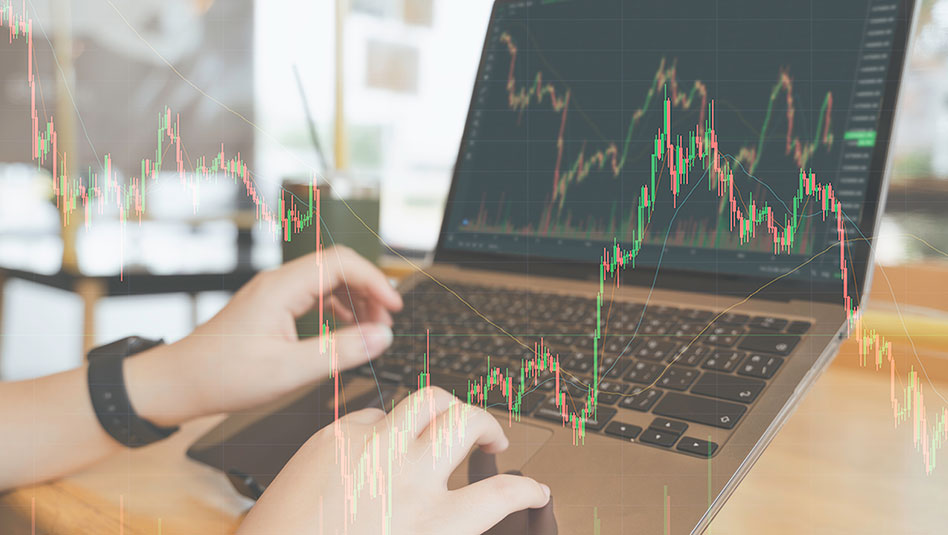
 DOWNLOAD
DOWNLOAD




